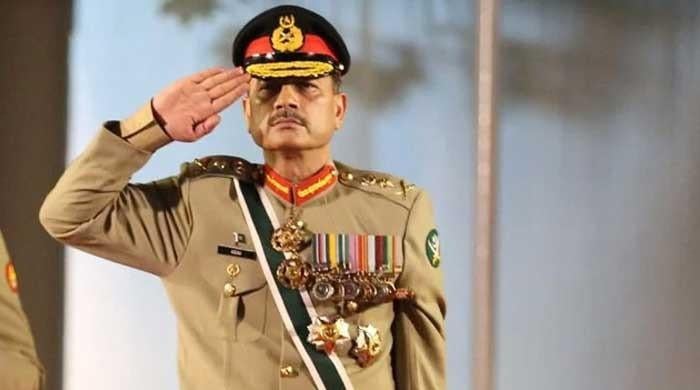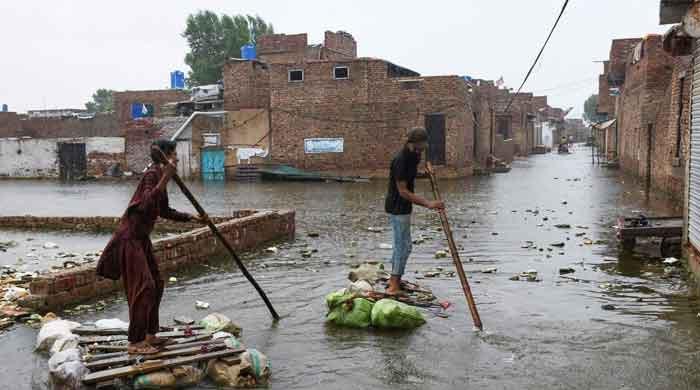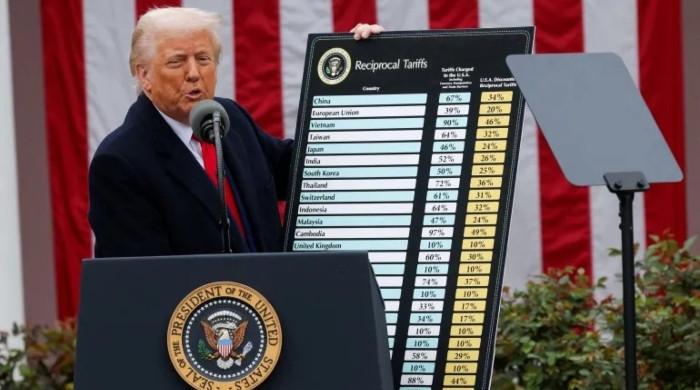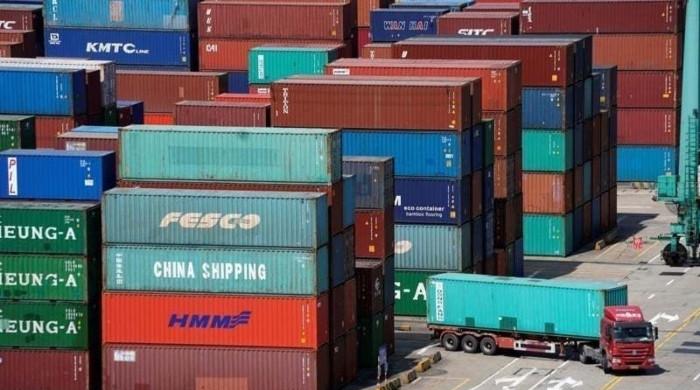What the budget should have been
Govt presented an election-focused budget outlaying expenditures far beyond the exchequer’s means, writes Dr Sania Nishtar
June 20, 2023
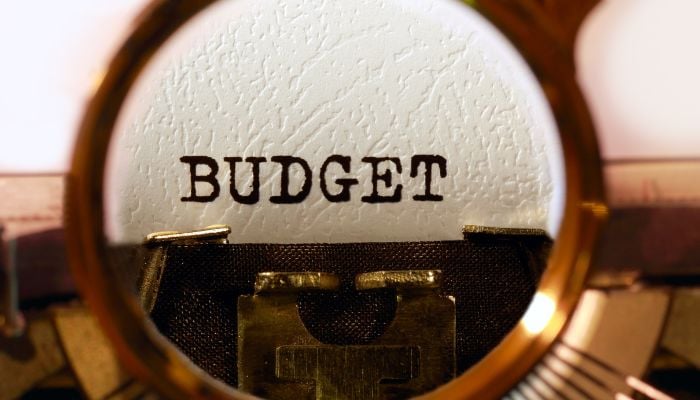
The welfare component in the budget must be viewed in the context of the prevailing economic situation in the country, which has brought immense pain, not just for the poor but all of society, and has landed us on the verge of a sovereign default.
Within this context, the budget needed to reflect a fine balancing act. On one hand, people expect relief from the crippling 38% inflation, massive job lay-offs, and climate disasters, which have plunged over one hundred million people into poverty.
On the other hand, there is a need for aggressive structural reform, with expenditure controls and austerity measures that are a prerequisite for securing bailout funding from the International Monetary Fund (IMF) and bilateral partners, without which we risk sovereign default.
In that regard, I genuinely believe it is possible to espouse a ‘double bottom line approach’ in the budget which can both dispense relief to the people, as well as serve as evidence of a commitment to reform and fiscal discipline.
How does the government’s current strategy in the budget differ from this approach? And what should the government have done instead?
First, the government has opted for expenditure expansion. At a time when we are at the cusp of bankruptcy, salaries and allowances for government servants have been increased by 30-35% and pensions have been raised by 17%. This is a complete departure from the need to transition towards performance-based remuneration systems.
PSDP expenditures have been raised by 103%, Rs250 billion of which is for 378 new or unapproved schemes, reportedly on the request of coalition partners in view of the upcoming elections. There is a large Rs90 billion allocation for the ‘SDGs’ local development budget, which is widely recognised as a tool of political patronage for members of parliament, in a complete departure from the imperative to entrust these resources to elected local governments.
In contrast to this unrestrained spending, the social welfare budget has seen a meagre increase of 12.6%.
Rather than adopting this approach, the government should have curtailed expenditures on government salaries. If the country is in economic distress, everyone should tighten their belts, government servants being no exception. Moreover, the budget for welfare should have at least been doubled, given the sharp decline in purchasing power for the people.
Where could the money for this have come from? The obvious answer to this is to widen the tax net and increase tax revenues to help fund welfare programmes. Advanced analytics to help identify tax evaders are accessible to the government to enable this. In fact, the government has made an admission in the budget strategy itself that they are aware of non-filers of tax who have bank accounts when they proposed a tax of 0.6% on cash withdrawals for such individuals.
Data analytics can easily identify the tax non-filer status of someone with a bank account. Such an approach enabled us to identify 820,000 non-deserving beneficiaries from BISP’s former lists before including beneficiaries in Ehsaas’ lists in 2019.
The government could have committed to identifying tax evaders and earmarking revenue for welfare, which would signal to the IMF that the country was truly interested in structural reform that improves, both governance and provides welfare to disadvantaged groups.
Instead, the government increased taxes for sectors that were already in the tax net and struggling with the tax burden, while letting many other sectors remain outside of the tax net, such as real estate, agriculture, retail and wholesale.
Second, contrary to IMF demands, the government has budgeted untargeted subsidies worth around Rs2 trillion yet again. Much of these government transfers subsidise rich producers, corporations and middlemen instead of reaching the poorest households.
As opposed to this, there is no amount allocated to the end-to-end digital ecosystem, Ehsaas Rashan Riayat, which was launched in January 2022 to target subsidies to millions of low-income households via kiryana stores and Utility Stores. This programme helped in the digitisation of thousands of small kiryana stores across the country and promoted merchants’ financial inclusion and documentation of the informal economy.
Yet this programme was systematically dismantled, both in the federal government and later by the caretaker government in Punjab in March 2023. Instead, the current budget incentivises the undocumented informal sector given its lack of documentation-related reform measures, and its policy of imposing a 0.6% withholding tax on bank withdrawals by non-tax filers, disincentivising financial inclusion and furthering a pro-cash economy.
Instead, the government should have reinstated and scaled up the Ehsaas Rashan Riayat digital infrastructure and used it to target subsidies, while withdrawing untargeted subsidies in parallel. The data, platform, technology, and precedent for targeting subsidies already existed. It merely needed political willingness and funding to re-launch at scale, even if done under a different brand name.
Third, the government has further given up the opportunity to bring informal merchants into the formal economy by disowning street vendors’ reform, which could impact over a million street vendors in the country, once scaled up. Piloted as the Ehsaas Rehribaan initiative in Islamabad, the reform aimed to facilitate access to credit and training and provide licenses for street vendors who are omnipresent in Pakistan’s street economy worth trillions of rupees.
This had the potential to bring in millions in revenue for the government while protecting street vendors from exploitation and harassment. Expansion of the pilot would have enabled livelihood promotion at scale at no cost to the government and would have signalled the government’s commitment to formalizing the economy.
Fourth, the government has also disbanded and defunded a range of social protection programmes in the Ehsaas ecosystem, beyond those executed under BISP. Other than Ehsaas Rashan Riayat and Ehsaas Rehriban, this includes, Ehsaas Langarkhanas, Panahgahs, microloans programmes and Sehat Sahulat; the latter provided health insurance to millions of households. The government could have added a contributory component to the health insurance scheme to signal an intent to reform.
Furthermore, the government has increased the minimum wage, which is prima facie a good step, but this policy has little hope of promoting meaningful change. Given commercial lobbying, there have been stay orders on wage increases for years, which have not yet been vacated. This new minimum wage is likely to meet the same fate.
The government had an opportunity to signal its commitment to reform while strategically expanding welfare for the most vulnerable through a thoughtfully constructed budget. Instead, the government presented an election-focused budget outlaying expenditures far beyond the exchequer’s means. We have not evoked any confidence from the IMF, and with that, we inch closer to default by the day — leaving the poor to bear the brunt of the default first.
The writer is a senator and former special assistant to the prime minister for poverty alleviation and social safety. She tweets @SaniaNishtar
Disclaimer: The viewpoints expressed in this piece are the writer's own and don't necessarily reflect Geo.tv's editorial policy.




